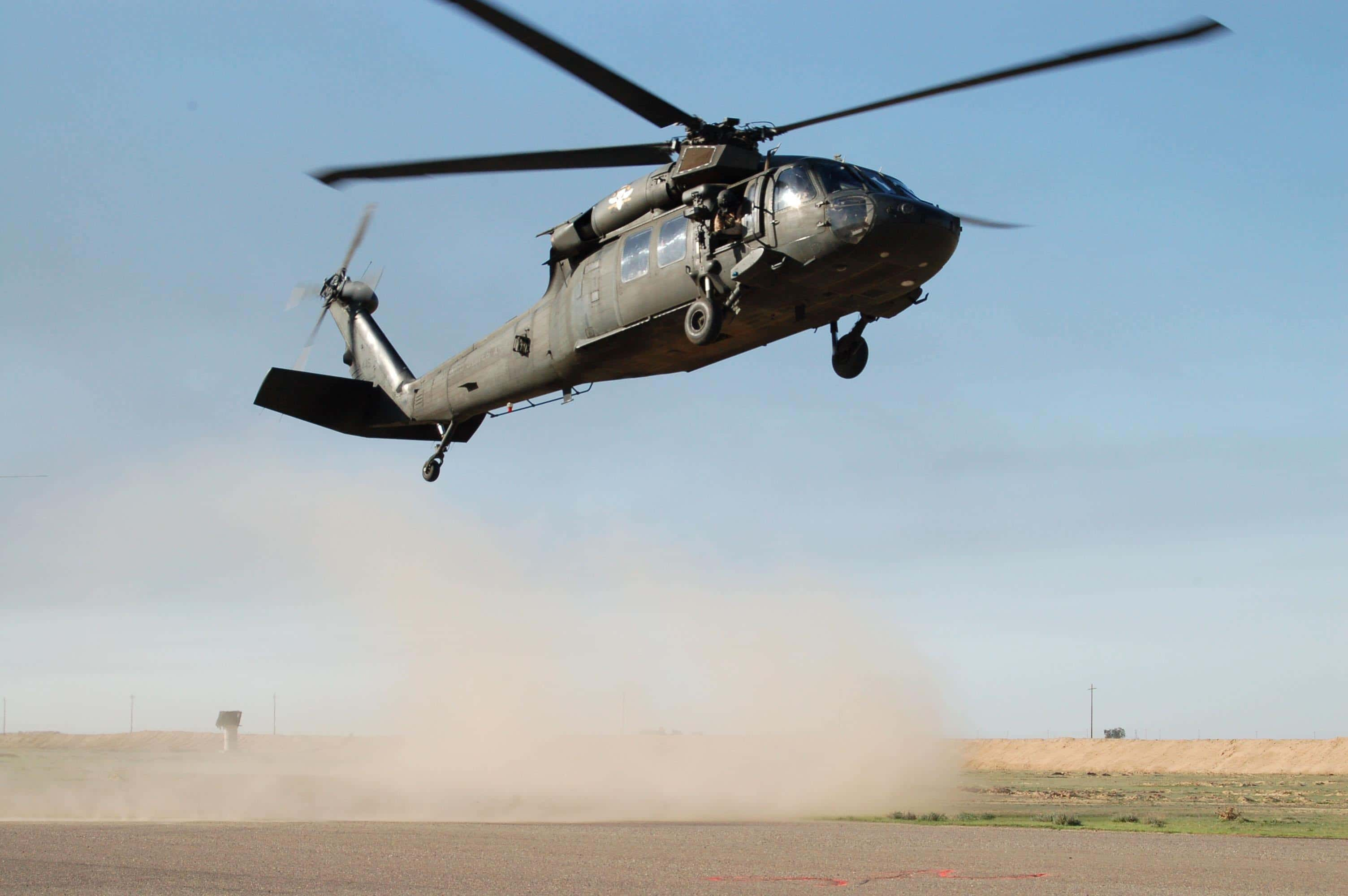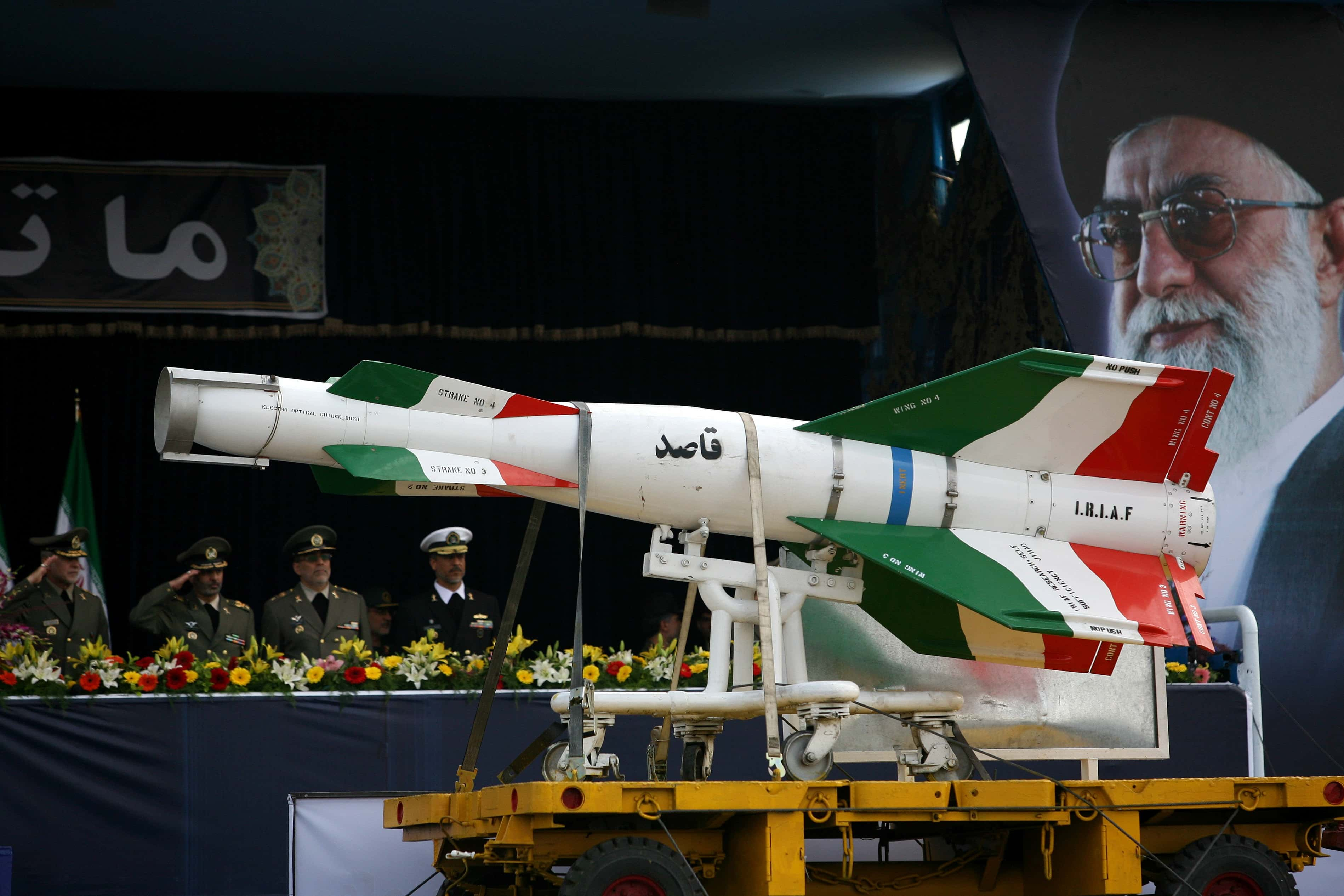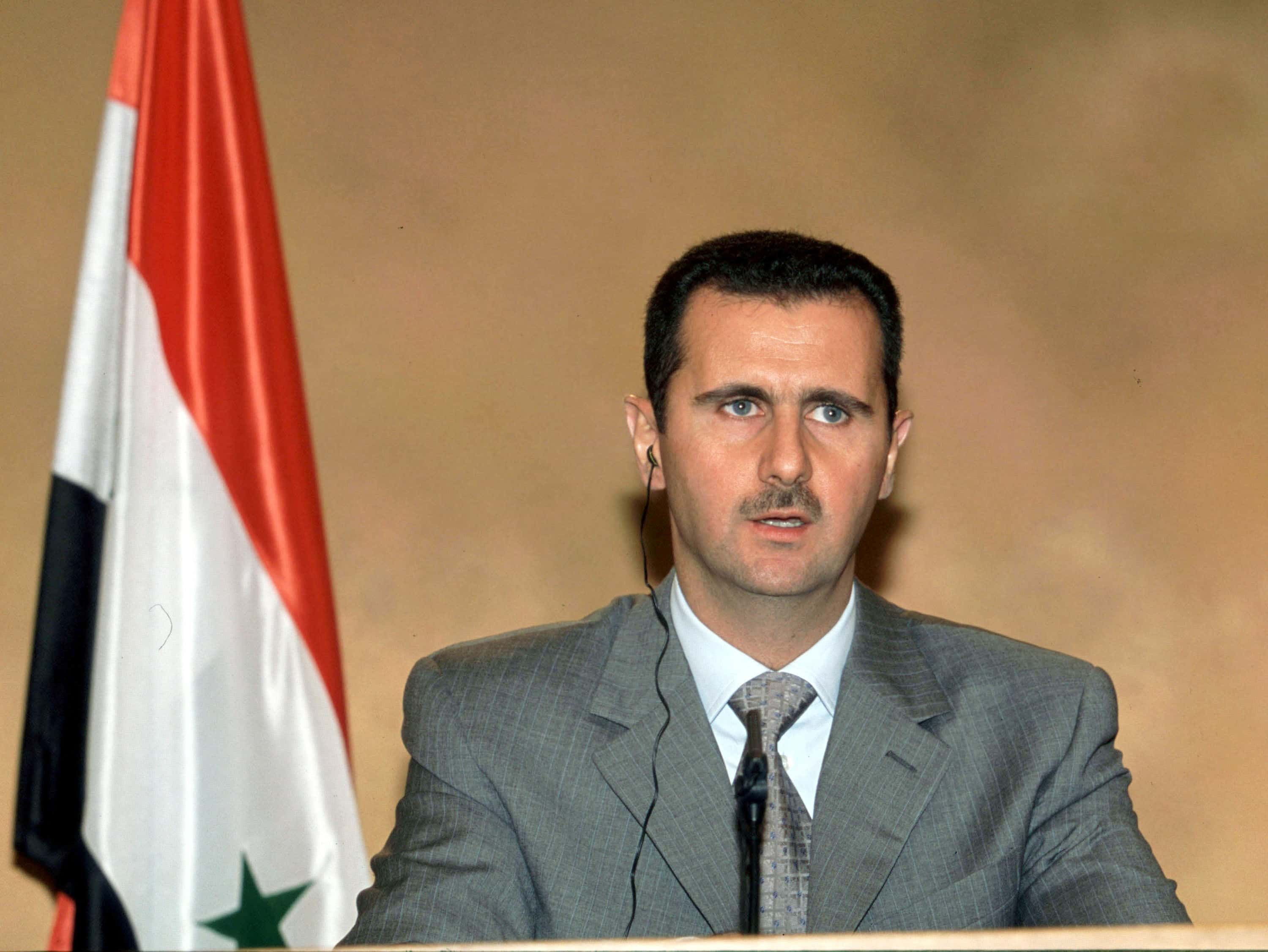Can America win a war against Iran? It will not be easy despite Washington's superior military power

Outgoing President Donald Trump considered launching a missile strike against Iran’s main nuclear site last week, The New York Times reported on Monday, November 16, citing some current and former officials of the US administration. The issue came up at a meeting in the Oval Office last Thursday, November 12, a day after the International Atomic Energy Agency issued a report cautioning Iran’s uranium stockpiles became 12 times more than the 300-kilogram limit that was set in the Joint Comprehensive Plan of Action of 2015.
NYT reported that Trump’s top aides, including Vice President Mike Pence, Secretary of State Mike Pompeo, Acting Defense Secretary Christopher Miller and Chairman of the Joint Chiefs of Staff Mark Milley convinced the commander-in-chief against taking the extreme measure as that would lead to a full-fledged military confrontation in his last days in the office. Some officials felt after the meeting that the option of using military strike against Iran was no longer in question but there were other officials who told the NYT that the Republican leader could continue to harbor the thought of targeting Iran’s allies and assets, like militias in neighboring Iraq.
The Trump years have seen the relationship between Washington and Tehran plummeting to a new low. The outgoing president pulled the US out of the nuclear deal in May 2018, suggesting that it was not doing justice to the US. Iran took the US withdrawal as a reason to increase its uranium enrichment beyond the purity threshold to convey the message that it could also overlook its commitment to the pact. The Trump administration has also gone on imposing sanctions on Iran and pressured other nations and blocs to follow suit. The situation in the international waters near Iran has also seen an escalation as Iran and forces sympathetic to it have been accused of attacking and seizing commercial vessels, harassing American warships in the Gulf region besides attacking facilities that are used by the US troops in Iraq and downing an American unmanned aerial vehicle. Washington, in response to Iran’s adventurism, has deployed more military assets to the region to deter Tehran. As tensions grew, the killing of top Iranian military leader Qassem Soleimani outside the Baghdad airport in an American drone strike in January this year added fuel to the fire.
What if the US and Iran eventually find themselves involved in a war? President-elect Joe Biden said he will take the US back into the 2015 nuclear deal but it will not be easy for the new administration to turn the clock back because of a variety of reasons, one of them being Israel which has found a great favor from the incumbent. If the US and Iran indeed find themselves locking horns militarily before Trump bids adieu, the consequences will be more than disastrous. The US has a far superior military strength compared to what Iran has to offer but having said that, the results will be much less likely to be one-sided. More than the military hardware and manpower, tactics adopted by the two sides will make a big difference if there is a confrontation.
A comparison of the military strength of the two sides
The US military budget last year was $719 billion while Iran’s corresponding figure was only $17.4 billion. America’s available military manpower stands at more than 144 million this year while for Iran, it is less than 48 million. The US has 1.4 million active personnel as against Iran’s 523,000.

In terms of airpower, the US has more than 2,000 fighters and 5,700 helicopters (967 attack choppers). Iran, in comparison, has only 155 fighters and 100 helicopters (12 attack choppers). On the land, the US has more than 6,000 tanks and over 39,000 armored vehicles while Iran has just over 2,000 tanks and 4,300 armored vehicles. On sea, the US has 20 aircraft carriers, 91 destroyers and 66 submarines. Iran has no carriers or destroyers and only 34 submarines. In terms of logistics, too, Iran stands nowhere in comparison to the US (for example, only 319 serviceable airports as against the US’s 13,000-plus ones).
Yet, writing off Iran will not be wise
Militarily, the line-up gives an impression of no contest but one should not forget the fact that Iran is a master in unconventional war skills. Trump has said in the past that the US has recently spent $2 trillion on military equipment which makes it the biggest and the best. He warned that if Iran attacked an American base, the latter will retaliate by sending some of its “brand-new beautiful equipment”. But to beat Iran in a war, the US would have to think something more than just depending on conventional military wisdom.
Iran, over the years and especially after fighting Iraq for eight long years in the 1980s, has come up with its own military doctrine that rests less on conventional confrontations. Firas Elias, an expert in national security and Iranian studies, wrote in a piece for The Washington Institute in November 2017 that the lessons learned from the Iraq War (1980-88) helped Iran shape its current military actions.
“Other experiences—such as the 2003 American occupation of Iraq, the war between Israel and Hezbollah in 2006, and the conflict between Palestinian movements and Israel—have also yielded lessons that guide the country’s political ideology and strategy. Iranian military doctrine centers on asymmetric warfare. It emphasizes the use of geography, strategic depth, and a general willingness to accept losses in the name of jihad as ways to confront technologically-advanced adversaries such as the United States and Israel,” Elias wrote.
Another Iran specialist Daniel Levy also has a similar understanding. In an opinion piece he penned for Haaretz in January this year, he said the painful experience of the war with Iraq made Iran less reliant on conventional military operations and more on a defense doctrine and “the necessity of the projection of power”.
What is Iran’s defense strategy against advanced enemies?
According to Elias, Tehran makes use of religious sectarianism as a weapon to expand its influence in the region around it. “The role of sectarianism is not merely rhetorical, but manifests on the ground in the country’s support for Shia minorities across the Arab world. Where opportunities exist, Iran tries to establish or provide support to Shia political parties or militias abroad, including Hezbollah, that work toward their interests by pressuring their respective government. This is also achieved by the failure of political movements incongruent with Iranian interests. This was particularly apparent in the case of the Houthis, in which case the Iranian government provided military support for the Houthis until the occupation Sana'a in September 2014.”
Levy wrote in his piece that while it was still fighting Iraq, Iran also launched a policy of developing the capabilities of Lebanese Shia insurgent outfits. “The most notable was, and is, Hezbollah, which was trained and its capabilities greatly upgraded by an elite component of the Iranian Revolutionary Guards Corps - the Quds Force,” he said. Slain Qassem Soleimani was a commander of the same Quds Force.
This strategic fighting that Iran chooses has often produced favorable results for Tehran, making up for its ordinary military arsenal when compared to the advanced enemies. For example, Iran’s mentoring of the Hezbollah insurgency in the 1980s and 1990s compelled even the mighty Israel to withdraw from Lebanon. Tehran has also contributed towards developing Hamas and Palestinian Islamic Jihad into potent adversaries against Israel besides a network of militias in Iraq that have a major influence in that country. The US will not overlook the fact while preparing an attack on Iran that the latter has successfully hampered its post-war nation-building efforts in Iraq. Similarly, Iran has also successfully backed Yemen’s Houthis against Saudi Arabia -- its another major enemy in the region and used the Iraqi Shia militias against the Islamic State.

Iran’s missile defense system is robust
However, while the above strategy gives enough evidence that Iran’s defense mechanism has a smart side to rattle even the strongest of enemies, one should not also lose sight of the fact that it was a formidable anti-missile shield.
The Bavar-373 Iran’s long-range mobile surface-to-air missile system and last month, the country launched the system to destroy a long-range target for the first time. Tehran claims it to be a competitor of the Russian S-300 missile system. The Bavar-373 missile system is made by Iran’s own defense ministry in cooperation with universities and local manufacturers. The Middle Eastern power has the largest missile arsenal in the region which is also the most diverse. Some of them are really capable of striking Israel as well as targets in southeast Europe. Over the past decade, Tehran has worked on improving these missiles’ precision and destructive capacity and they give Tehran a decent power projection, even against big powers like the US and its allies in the region. The country might not yet have a missile to strike the US but it is certainly capable of hitting its bases and facilities located in the volatile region. It also supplies the potent missiles and rockets to other groups and regimes (like Bashar al Assad in Syria) in the region, adding to its clout.

Regional impact of US-Iran conflict
More than the two sides in the combat, a US-Iran conflict will have serious repercussions for the region as a whole. According to Alison Wood who wrote a piece in Control Risks, a US-Iran war will have four risk points as far as the impact on the Middle East is concerned.
According to Wood: “Attacks on or clashes between proxies in Syria, Yemen, Iraq, and Lebanon would be the likely theatres for retaliatory attacks between the two sides.” He also said that since Iran believes in asymmetric and irregular warfare, cyber warfare will be a key component of any conflict with the US. Foreign businesses in the region could also come under attacks even if they are not considered among the priority targets. States like Syria, Yemen, Lebanon and Iraq are likely to emerge as key theaters of a likely conflict between the US and Iran while Israel is highly likely to play a role countering Iran in some of those theaters. Other Gulf states and American military bases located in them could also face the heat in case Iran launches an offensive against them but it is unlikely that Iran will risk retaliation from all forces together in a region where it faces considerable adversity.
The US will also find little support if it unilaterally attacks Iran -- both at home and abroad -- especially when seen against the background of the 2003 Iraq War that has seen it bleed profusely -- in terms of money and manpower. Prolonged involvement in another ‘Vietnam’ in Iran will also strengthen the US’s rivals like Russia and China to gain an upper strategic hand.










